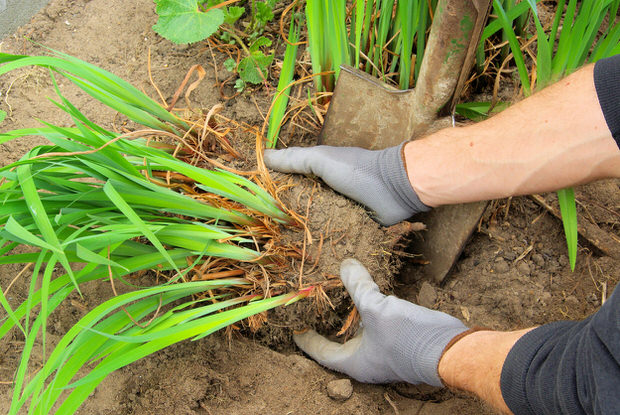






Have you ever wondered what exactly is up with dividing perennials? This informative report can give you an insight into everything you’ve ever wanted to know about dividing perennials.
One of the things that makes perennials so attractive to home gardeners is the ability to divide and transplant the perennials. Gardeners can use cuttings made from their perennials in order to create new growth, share their plants with family members and friends, or even to sell excess stock to nurseries, garden centers and flower stores.
There are basically two reasons why gardeners choose to divide their perennials. The first reason is for the improvement of the health of the plants, and to encourage those plants to produce more flowers. In many cases, an older planting of perennials will become overgrown, and this can cause the bloom quantity of those perennials to drop considerably.
The other reason gardeners divide perennials, of course, is to create new plantings. Perennials can be divided easily, and these new divisions can be used to create plantings in other parts of the garden, or even in another garden patch.
Even though many perennials can be divided easily, not all can. In generally, division is most feasible on those perennials that grow in clumps, and those that have an expanding root mass.
The more authentic information about dividing perennials you know, the more likely people are to consider you a dividing perennials expert. Read on for even more dividing perennials facts that you can share.
Perennials that grow from single taproot, on the other hand usually cannot be divided. That is because any attempt to divide the taproot can cause the plant to die. Those perennials that grow from a taproot should be increased by using root cuttings or seeds instead of division.
The best time to divide those spring and early summer perennials that can be divided, is generally in the fall of the year. Perennials that bloom in the fall or late summer should be divided in the spring instead.
To divide perennials, the ground around the plant should first be gently lessened with a spading fork. The clump should then be sliced with a garden trowel and then divided into four parts. Those four sections should then be broken by hand to create sections four inches by four inches. Those small sections should then immediately be transferred to a previously prepared plant bed.
It is important for the gardener to thoroughly wet the soil a day or two before the division is to take place. Watering thoroughly will make it easier to dig the clump. In addition, it is important to add compost or other organic material to the soil.
The organic material should be added to both the original plant and the new divisions. Doing so will give the plant the nutrition it needs and help them to thrive better in their new location. The plants should also be watered thoroughly and fed with a good quality fertilizer once they have been planted.
Article By B. Keith Johnson.
Copyright © www.100flowers.win Botanic Garden All Rights Reserved